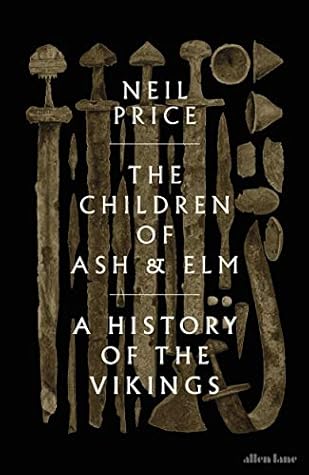More on this book
Community
Kindle Notes & Highlights
At the centre of it all was a tree, the Tree, that spanned all the worlds and joined them together. A great ash, its name was Yggdrasill, literally the ‘Steed of the Terrible One’. The latter was one of the many names for Odin and a hint of the tree’s wider properties, for it did not just connect the realms but also served as a road between the realms for those who knew how to ride it. That the first man was made of the same substance may not have been coincidence, implying some subtle quality of humanity that infused the universe.
This final component of Midgard, its boundary, is an example of a central concept in the Viking mind that is encountered throughout their view of the world. The suffix -garðr literally means an enclosed space, somewhere set about with a border. In the Scandinavian languages even today the word gård simply means ‘farm’, and this is its basic sense—a settled place, a bounded place, even a whole world; in the same meaning of enclosure, it is the root of the modern English ‘yard’. This idea of being inside the wall, as distinct from what is beyond and therefore outside one’s control, is at the
...more
The Norns worked their power in the shadows, invisible, although sometimes appearing in dreams. Their fingernails each bore a rune, the symbols of secrets. The Norns often are depicted weaving fate on a loom, another motif common to several mythological traditions. On an upright loom, the warp of a textile always has a pattern, inherent from the beginning and determined by the threading of the heddles. It is made by the decisions of the weaver, but cannot be fully perceived until the cloth nears its finished state. It is an elegant metaphor for the essential outline of a life, revealed through
...more
The missionaries viewed such displays with particular opprobrium. The Christian cultures of Europe thought it normal to put people to death in a variety of foul and public ways, and yet recoiled in atavistic horror from a tree of hanging animal corpses.
Importantly, what resulted from the reconquest was not a reconstitution of the former English kingdoms the Vikings had destroyed—instead, the liberated Danelaw was in effect transformed into greater Wessex. Edward the Elder would come to inherit the throne of Mercia on the death of his sister, Aethelflaed, in 918, and further territorial gains by his successor, Aethelstan, would see all of England come under the rule of Wessex in 927. In a curious sense, then, the Vikings were responsible for the creation of England itself, perhaps the element of their legacy that in later centuries would
...more


